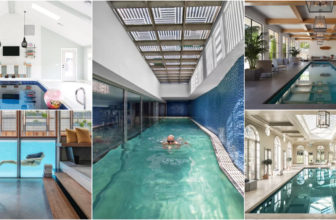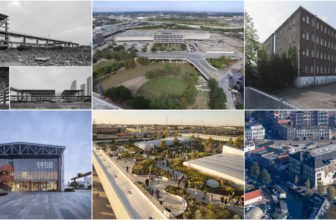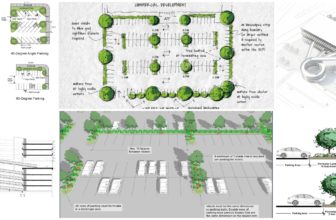Jianzi Box Pavilion Features the Dynamic Public Spaces of Beijing in Design Week 2015
Notes on being Young
Beijing Design Week was big, complicated, and as usual to most things the Chinese government tries to do, provides a lasting impact, for better or for worst. Underneath the amazing hymns of a unified nation and all the two words propaganda slogans, which screams something along the line of loyalty to the communist party, lies a fragmented society – one that has been broken down to the enforcer and the forced. One particular project that was featured in the Design Week serves as an excellent example of such manners – the ‘Jianzi Box’ Pavilion by Spark Architects.
This project was placed in the middle of the historical district, with good intentions, attempting to act as the catalyst to “re-envision” and “renovate” the area. They aimed to showcase two of Beijing’s public spaces qualities: spontaneity and dynamism with their design proposal. In my opinion, architecture should communicate with the public that it is serving. According to Germain Boffrand, “different buildings should, by their arrangement, their construction, and by the way in which they are decorated, proclaim their destination to the observer” But in this case, I believe that there is a miscommunication.
Active Beijingers are mostly young, wild and free, and it shows in this project, literally. The hot pink color, the liberal structure and the paring of the JianZi game (which is very fun, traditional and high in energy usage.) The problem? It suffers from being way too literal. The use of JianZi as the unit is like creating a Stadium using “soccer balls” or an Aquarium using “fish.” They had unsuccessfully created a contemporary interpretation of concept into reality, which is unfortunate seeing how they have other great projects too.
Moreover, what concerns me the most is the statement it is making within the community. “All the Jianzi units will be will be given away to the visitors so they can make their own public space by getting together and having a good time” said the architect. I am assuming an empty box will be setting there -when 15,000 games of Jianzi starts all over the country- I guess an empty box would look better than a box made of 15,000 feather balls? What happens after? This raising the question of respecting the sensitive historical neighborhoods, understanding the urban fabric and the existing residents’ needs. Yes the users probably had an hour or two of fun, but it is those who live in the community that gets to see this empty shell deteriorate, like other pop up projects that were done, within their community.
Architecture is a passion, a vocation, a calling – as well as a science and a business. It has been described as a social art and also an artful science. Architecture must be of the highest quality of design. Architecture provides, in the words of Marcus Vitruvius, the great Roman architect and historian, “firmness, commodity and delight.” Spark Architects created, in my opinion, an radical temporary visual that failed to accomplish any of the three factors of architecture mentioned by Vitruvius, especially in the ”delight” factor. I don’t doubt that experimental projects like this will season the understanding of architects in China, it is the open-endlessness, and almost ruthless quality that will force architects to really re-think the interaction they have with the local community, and hopefully one day, a more sensitive pavilion can comfortably reside in the historical neighborhood of Beijing.
By Yosra Abdel-Rahman









